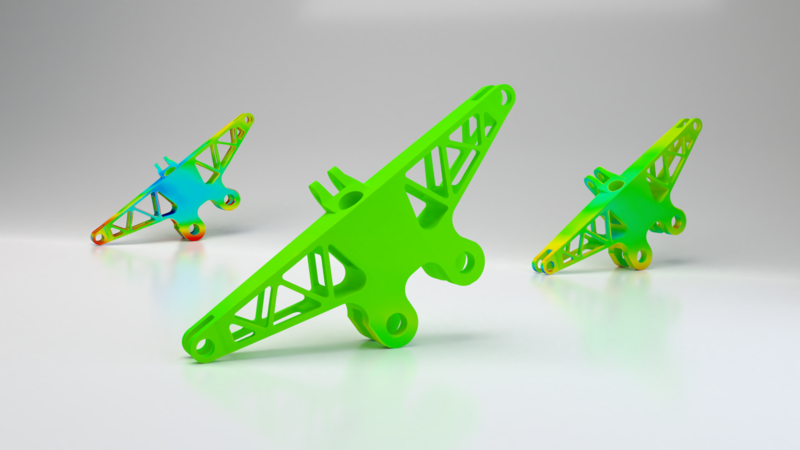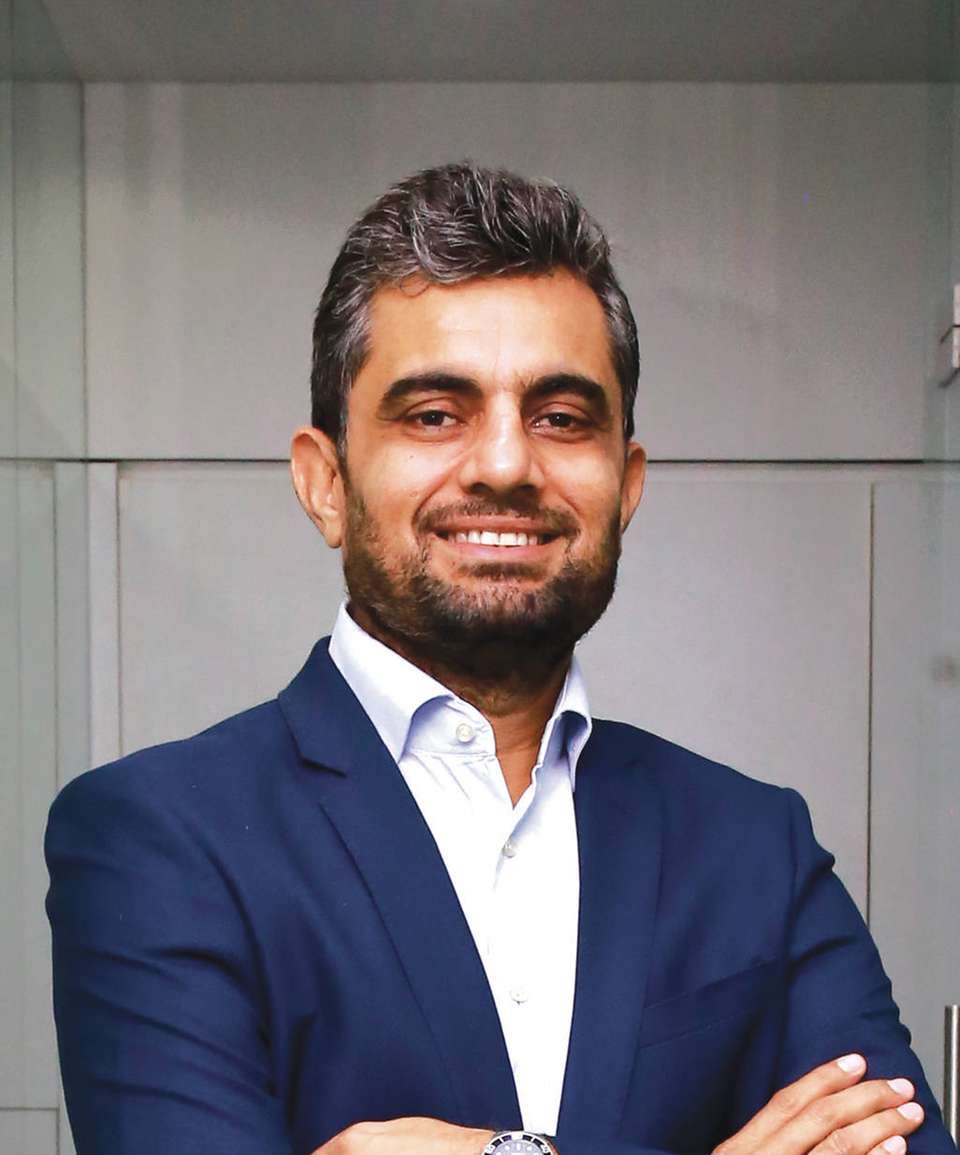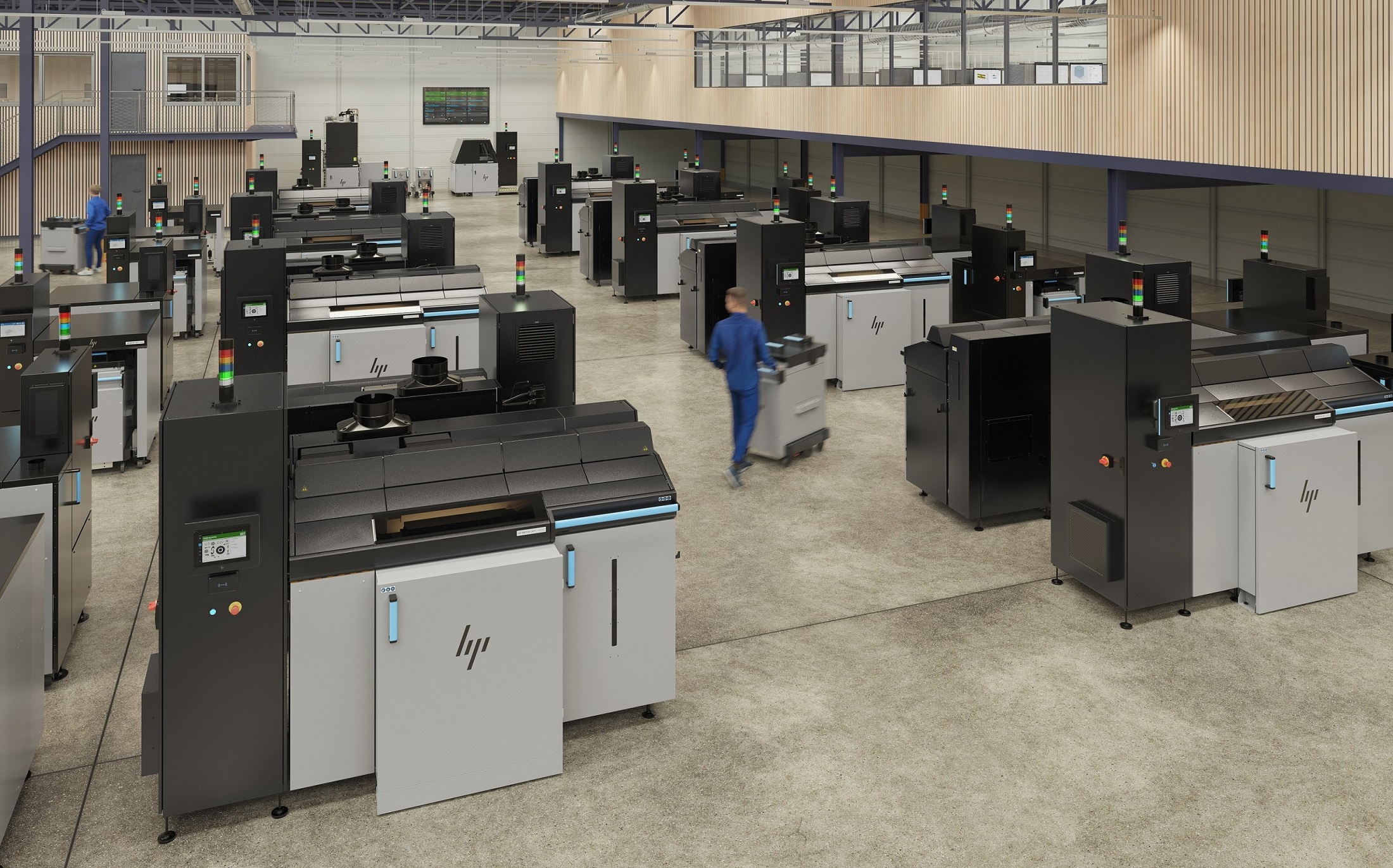North American Lighting Accelerates Assembly Line Production with MakerBot 3D Printers
NAL engineers print end of arm tools, assembly line jigs, fixtures, and more with METHOD X 3D printers
North American Lighting (NAL), a Koito Group Company, has been manufacturing automotive lighting systems for vehicle manufacturers since 1983. With eight facilities across the U.S., NAL provides advanced lighting technology, engineering design expertise, and state-of-the-art production capabilities.
For a manufacturer like NAL, which works with some of the largest automotive OEMs in America like Ford and GMC, speed and precision are critical. To that end, assembly line tools are essential to ensure that production continues smoothly. If a part breaks, that could mean extended lead times and added costs.
Joey Carpenter, production engineering technician, began using 3D printing to bring tooling production in-house and reduce potential disruptions. Carpenter was new to 3D printing when he was introduced to the MakerBot METHOD X series in early 2022. Since then, Carpenter, who handles robotic builds and cycles in new end of arm tools for production runs on new launches, has become the resident expert.

[Caption: “Anything I look at now can be 3D printed. That’s the great thing about 3D printing,” said Carpenter.]
Before 3D printing, Carpenter and his team relied on external vendors to design, produce, and send back parts that they would need. Receiving a new part could take several weeks. This was less than ideal since orders were frequently late, forcing them to readjust their timelines.
“Now with a METHOD X in-house, there is minimal wait time,” said Carpenter. “In 12 hours, we have what we need to build an end of arm tool. Not only does this drastically reduce our wait times, but we are also seeing a massive cost reduction. The cost to 3D print a part in nylon carbon fiber is one-third the price of what we were paying for outsourced aluminum parts.”
“In addition, since we started 3D printing, our overhead costs decreased by half because we don’t have to stock up on excess parts,” he continued. “We have reduced part inventory by 50%. Now all of our tool designs are digital so they’re easier and quicker for us to access, iterate, and print as we need. Instead of waiting weeks, we can turn parts around in five days, from design to assembly.”

[Caption: In production for about four months, the end of arm tools have not shown any wear or tear on the 3D-printed components.]
LEVERAGING METHOD X’S VERSATILITY
In the Flora factory, the robots use around 200 end of arm tools a year, which is built in-house. Bringing tooling production in-house allows the team to significantly reduce costs while also saving them tremendous amounts of time.

[Caption: Printed in carbon fiber, there are about 20 pieces on this end of arm. Cost reduction on this tool alone was between 25% and 30%, with each gripper taking 48 minutes to print.]
While Carpenter mainly prints end of arm tool parts, he has also found new applications where he can utilize the versatility of METHOD X. “We’ve also used in-house mockups and prototypes for water fittings and parts like that for future use. We prototyped with carbon fiber in house within a matter of three days, rather than outsourcing it which could take a month to get back,” he said.

[Caption: Printed in nylon carbon fiber, the lever holds together the two water fittings with enough resistance that will prevent strain when handling the hose.]
“We’re finding that it’s very easy to replace aluminum with carbon fiber parts. With weight reduction and durability, carbon fiber is comparable to aluminum,” Carpenter noted. “With the LABS extruder, MakerBot and Jabil materials offered on the METHOD X, the tolerances and the consistency of your prints are far better than you can imagine.”
Carpenter’s team isn’t the only ones using METHOD X at the Flora facility. The Assembly and Lighting team at NAL also began using the printer to produce nest blocks for the assembly line. The nest blocks go into the tooling on the assembly line and are used to keep parts in place while the machine is working on them. Before METHOD X, the team would have to bring in one of their tool shop vendors to access their needs. They would have to then wait for the vendor to design the part and build it as well as wait for a quote for the part to be approved, before receiving the final product.

[Caption: Nest blocks printed in carbon fiber and PolyMax™ PC on the MakerBot METHOD X.]
“There would be a four-to-six-week lead time before getting a part back,” said Dee Jay Griffith, manufacturing engineering technician. “And the cost would be pretty high— With METHOD X, we’re able to print a full nest for less than 10% of the cost and we’re able to do that faster.”
“The METHOD X and 3D printing helped my workflow by enabling faster lead times and cost savings that comes with being able to print my own things,” Griffith noted. “We’re now able to accomplish what we need to on these assembly lines faster and without having to rely on vendors’ timelines.”
Primarily printed in carbon fiber and PolyMax™ PC, the nest blocks are lightweight and durable. Since printing them months ago, Griffith has not yet seen any wear on them. He is also experimenting with different materials, constantly finding things they would like to print. For example, camera mounts, grease tips, leak test seals, and more.
[Caption: Printed in carbon fiber, these covers protect the pins that are connected directly to head lamps to test their functionality.]
While the teams at NAL are experiencing a significant savings in cost and time when using 3D printing, those are not the only factors for their use of METHOD X. Its ease of use and seamless ability to print carbon fiber as well as other industrial-grade materials with the MakerBot LABS Experimental Extruder have made METHOD X a must-have in their facility.
“We’ve already ROI’d this machine and we’ve only had it for a few months. Just in the savings of what we’ve already printed, not to mention the time we’ve saved doing it ourselves as opposed to waiting for a shop to come in to get it done,” said Griffith.
“I work for a multi-billion dollar company and can afford any 3D printer out there but yet we have five MakerBots in house right now and there’s a reason for that,” Carpenter concluded.




